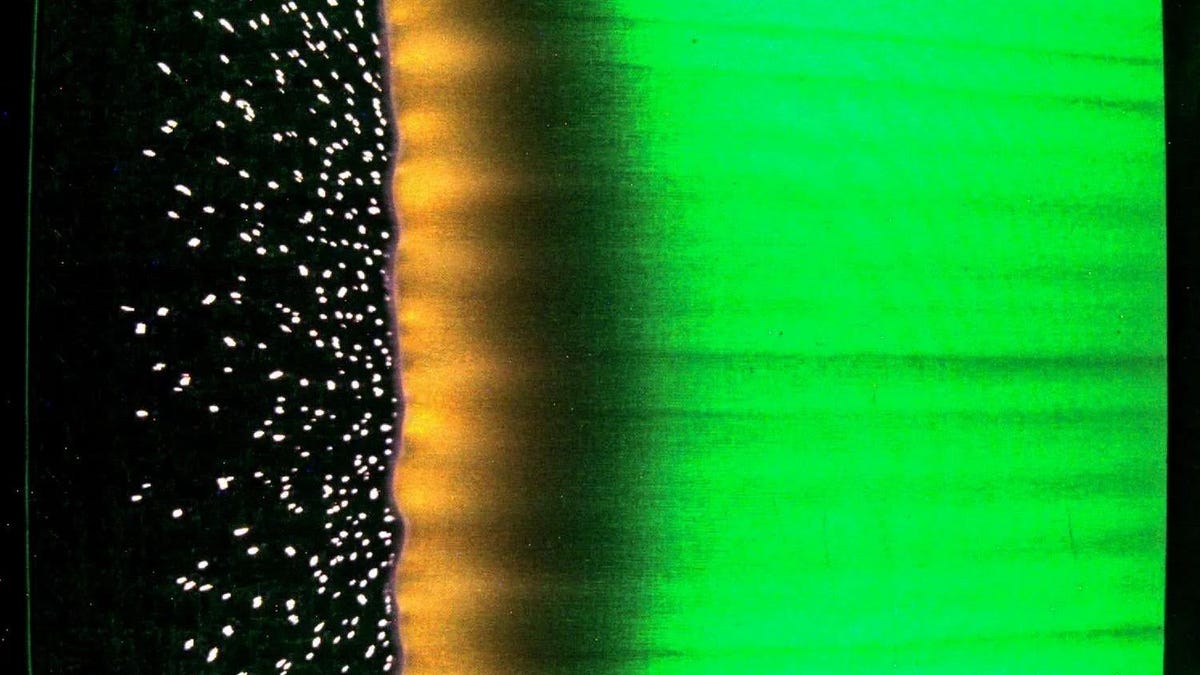After eight years of experimenting with flames in space, NASA lit a fire inside a cargo spacecraft for the last time and sent its Saffire experiment toward a burning reentry into Earth’s atmosphere.
NASA’s Spacecraft Fire Safety Experiments, also known as Saffire, came to a fitting end on January 9, flying aboard a Northrop Grumman Cygnus spacecraft that burned up as it plunged through the atmosphere for its planned reentry.
The series of experiments has been going since 2016 in order to understand how fire behaves in microgravity. Saffire is also designed to study how different materials propagate flames in space, in order to inform future spacecraft and spacesuit designs, as well as protocols for dealing with fire emergencies when astronauts don’t have the option of leaving the spacecraft or returning to Earth, according to NASA.
“How big a fire does it take for things to get bad for a crew?” David Urban, principal investigator of Saffire, said in a statement. “This kind of work is done for every other inhabited structure here on Earth – buildings, planes, trains, automobiles, mines, submarines, ships – but we hadn’t done this research for spacecraft until Saffire.”
The Saffire experiments took place inside a Cygnus cargo spacecraft that departed from the International Space Station; they posed no threat to the crew of astronauts in low Earth orbit. The fires were ignited inside an enclosure that was approximately half a meter wide by 1 meter deep and 1.3 meters long, consisting of a flow duct and avionics bay.
“The Saffire flow unit is a wind tunnel. We’re pushing air through it,” Gary Ruff, project manager at NASA’s Glenn Research Center in Cleveland, said in a statement. “Once test conditions are set, we run electrical current through a thin wire, and the materials ignite.” Cameras inside the unit allowed the team to observe the flame, and sensors outside the flow unit were designed to collect data on what was happening inside the spacecraft. The images and data were then sent to Earth for scientists to analyze. But that’s all come to an end after the last experiment was destroyed through atmospheric reentry.
The last experiment, Saffire-VI, launched to the ISS in August 2023 and was designed with higher oxygen concentration and lower pressure in the test unit, to simulate conditions within a crewed spacecraft. The team ignited the flame on different materials such as plexiglass, cotton, Nomex, flame-resistant fiber, and Solid Inflammability Boundary at Low-Speed fabrics (which is a blend of fiberglass and cotton).
NASA is smart to plan for this kind of emergency: Back in 1997, Russian cosmonauts faced a life-threatening situation when a fire aboard the Mir space station filled the air with smoke and cut off their access to escape pods. Thankfully, the crew managed to extinguish the flames before the worst occurred.
For more spaceflight in your life, follow us on X (formerly Twitter) and bookmark Gizmodo’s dedicated Spaceflight page.

